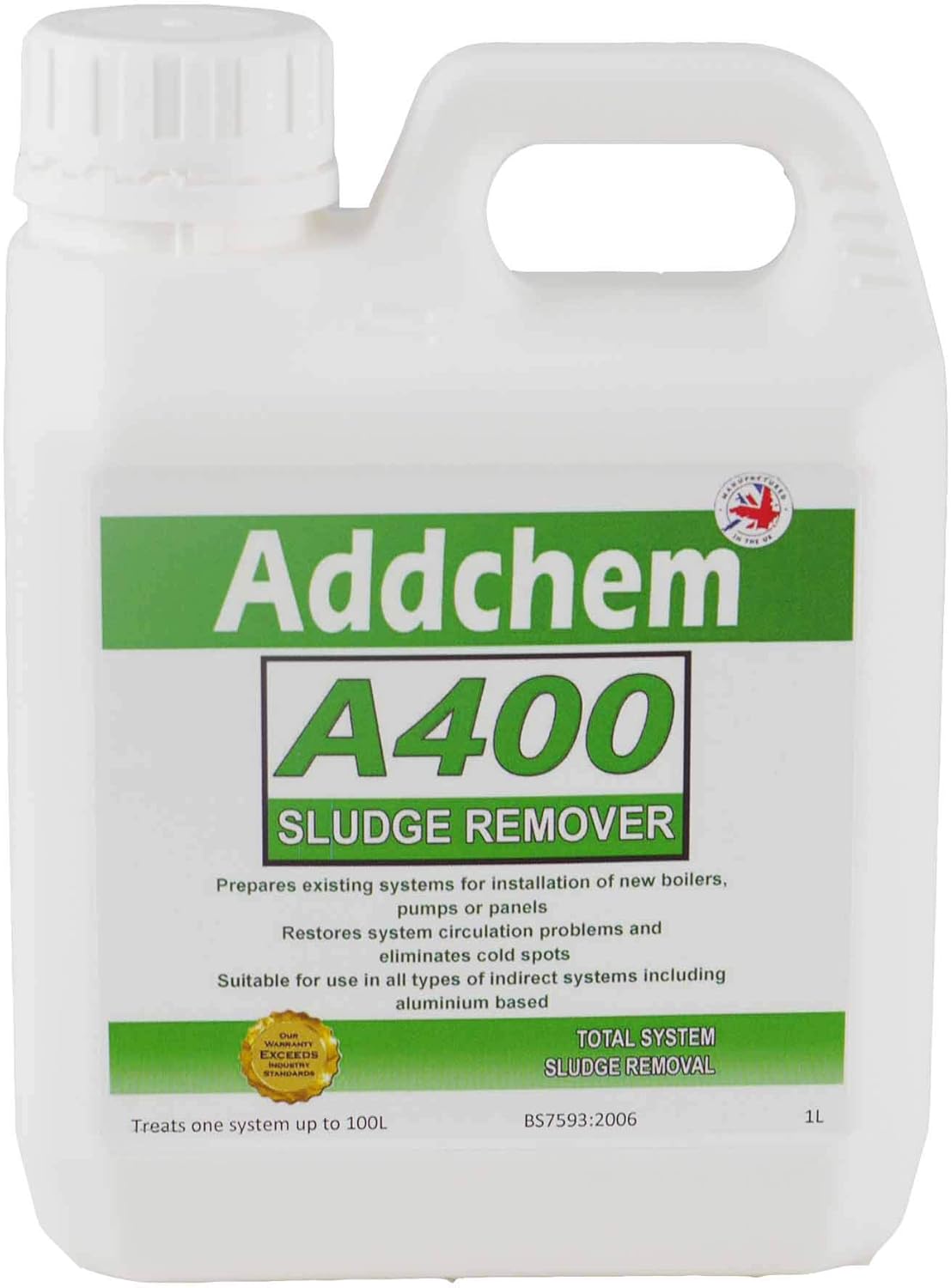About this deal
Discoloured Water: If the water coming from the taps or radiators appears dirty or discoloured, this can indicate the presence of sludge in the system. You will need a few things to ensure that your maintenance goes smoothly without flooding your house. This too will clog openings within the central heating system causing uneven heat distribution and inefficient operation. How Often Should I Flush My Central Heating System?
When sourcing a quote for power flush cost, you may hear a tradesperson talking about power flushing and chemical flushing. Although the outcome is similar, the process is slightly different. During a central heating power flush, chemicals will be pumped through your pipes and heating system to remove dirt, debris and rust. Sentinel X800 Fast Acting Cleaner eliminates magnetite and limescale deposits from heat exchangers, radiators, underflor heating floors and pipework. It restores more uniform distribution of heat in existing installations, for a better heated home and reduced energy bills.Sludge is primarily a mixture of dirt fragments and iron oxide pieces that over time come loose from the soldered connections, radiators, and piping. Therefore, the likelihood of the system having some heating sludge build up increases with system age. The system involves a heat source which in the UK is usually a gas boiler, pipes, radiators, and valves. The water in the central heating system is heated by the boiler and circulated through the pipes to the radiators, providing warmth to the house. Central Heating Sludge Build-up Explained: X300 Cleaner for New Systems is designed to target excess flux residues, greases, and oils in addition to installation debris and sludge. Not only this, but X300 passivates the metal surfaces and helps to prevent copper deposition, a common cause of pinhole corrosion in radiators. Ideally, the product should be added at the first filling of the system. The water should then be circulated at normal operating temperatures for 2 hours before being flushed out. If you are using cold water, leave to circulate for 24 hours. Powerflushing is not necessary when using this product. The system I’m dealing with is not new, but is less than 6 months old Power flushing, chemical flush cleaning, and magnetic cleaning are effective methods for removing sludge build-up.
As mentioned in one of the above paragraphs, sludgy water moves slower than free flowing clean water, causing the central heating to take longer to heat up. How do you get rid of central heating sludge
Foul Smells: Sludge build-up can produce unpleasant odours, particularly when the heating is turned on. If you have put sludge prevention methods into place, you should now have a scale reducer and sludge magnetic system filter installed, as well as the system being dosed with inhibitor. This will keep any future build-up of sludge staying in the system. The inhibitor will also break down some of the existing stubborn sludge in the system. Water treatment can help prevent sludge build-up by reducing the amount of sediment and rust in the system. Chemical central heating inhibitors can be added to the water to prevent corrosion, while magnetic systems can remove iron oxide from the water. Limescale reducers also work in a similar way. Conclusion Once you’ve removed the radiator and flushed it with water, take a hosepipe into that inlet to flush any remaining boiler sludge until there is no longer anything coming out of the flush radiator reconnect either end. When this happens refit all other radiators within your system for optimal performance! Radiator replacement can also help
Related:
 Great Deal
Great Deal 